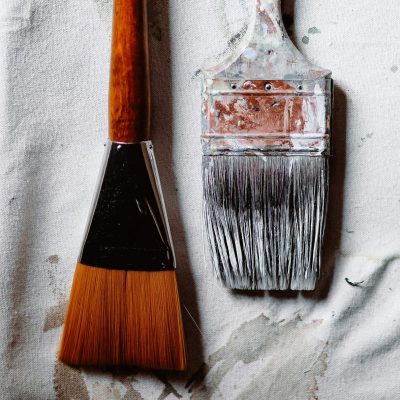When the bourgeoisie get bored
Pharell Williams’ new Louis Vuitton collection caught much sensation following his new position as creative director in LV. With some seeing his atelier as outstanding for the recollection of the late Virgil Abloh’s 2018 project with pixelated Damier prints and playing with proportions, other fashion critics and consultants say otherwise. However, the one-million-dollar bag is the leading contender of this collection that’s been getting the most attention. Despite mixed reactions to his collection, most reactions are on the good side, admiring his versatility and being conducive to his use of proportions. Yet nobody bothers to acknowledge the imbalance of accessibility and aspiration Louis Vuitton struggles with, and the inspiration of the place it’s taken from, which gets paid no true homage and is the result of the boredom of the Bourgeoisie.
Taking a closer look at the SS24 collection lies with his redesign of the LV speedy bag, which is made from smooth buttery leather and inspired by Canal Street in New York (a street known for selling counterfeit luxury brands for those who can’t afford authentic luxury items). The speedy bag features a variety of colors and also an exclusive million-dollar speedy bag named the millionaire. The millionaire speedy bag has gold chains as hardware, alligator skin, and a diamond padlock.
Regardless of how eye-catching this bag is, the price it is selling for is ridiculous, especially when Louis Vuitton workers have a track record of not making livable wages despite their skills as artisans. Even though it is no surprise that a multi-billion dollar luxury brand would do something like this, it is still highly insensitive. It shows the extremes of insanity luxury brands will go to to make items marketable to the 1% of people who can afford them. Because luxury is supposed to be deemed exclusionary and serve as a status symbol, things like this overcharging are expected. However, when you operate as a luxury brand in a day and age where public consciousness is shifting, and nobody can rationalize spending one million dollars on a bag, that is when you run into issues surrounding the true morality of your brand coming to light. And in the case of Louis Vuitton or any multi-billion dollar brand, there is no morality; there will always be someone being exploited. When it comes to Louis Vuitton selling items at outrageous prices, it makes their merchandise inaccessible to long-time loyal buyers who support their brand and creates an imbalance between accessibility and aspiration.
In spite of Louis Vuitton workers having to fight tooth and nail for livable wages, the way the bag is marketed is distasteful. Pharell saying he got inspiration from Canal Street to create this million-dollar speedy bag is undoubtedly the icing on the cake. Canal Street is a street in New York notorious for selling fake LV bags. Most of these bags are made overseas by people in China and in some of the same factories other LV workers work in. Pharell highlighting Canal Street and the culture of people buying counterfeit goods, but not the people who do it, is acerbic. Especially when buying fake items is still frowned upon. People who sell fake Louis Vuitton items are breaking the law and taking millions from Louis Vuitton every year; however, it’s important to point out that if workers were given reasonable amounts of money and luxury items were accessible to more people, none of this would be happening. Things like this are inevitable with luxury brands because everyone wants to look like those representing the brand, but there should be more empathy for workers who sell counterfeit. Some may say there should be none for the population of people who sell counterfeit goods but need to acknowledge the working conditions of both parties.
Luxury brands always recycle the unseen creativity of low-class creatives and rebrand it as high fashion when it was looked down upon and called trashy by them not that long ago. Selling anything inspired by those in a much lower tax bracket and reselling concepts made by them is the true definition of the border when you are wealthy. When Louis Vuitton sells million-dollar bags to a select group of people, it is essential to accept its purpose and start questioning high fashion designers. Moments like this part of pop culture should push others to consider what boredom for the Bourgeoisie could look like, the laundry list of history of people who represent luxury brands, the unheard workers, and the bigger picture it’s a part of. Luxury brands are meant for wealthy people at the end of the day, but the acts of exploitation, big or small, must begin to get recognized more to be conscious of what we absorb as usual.









